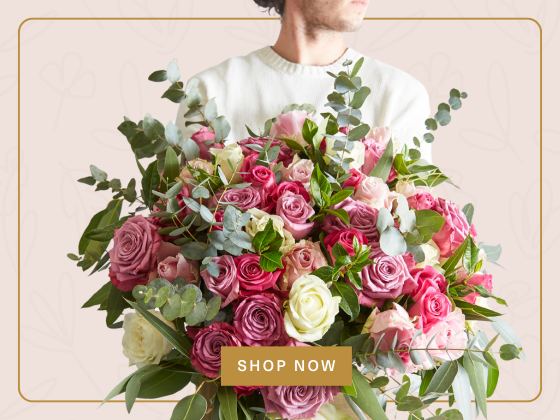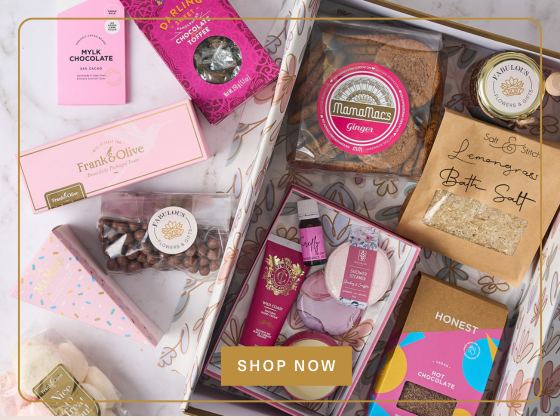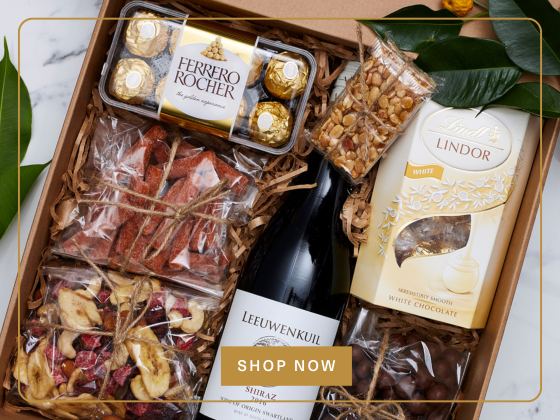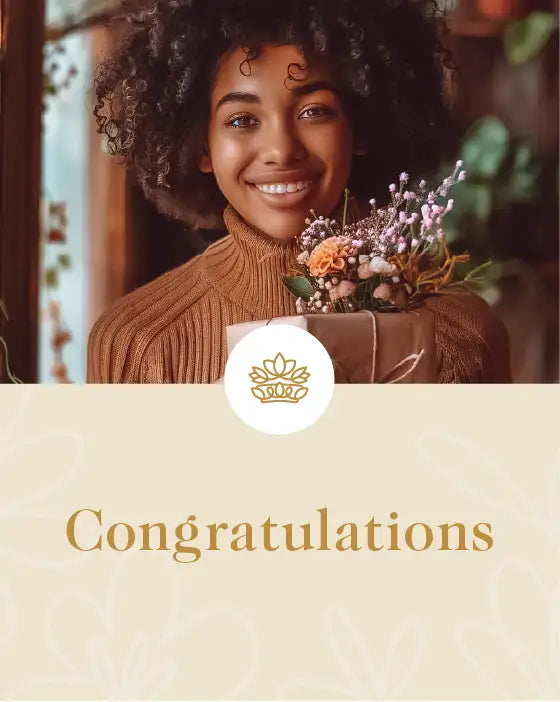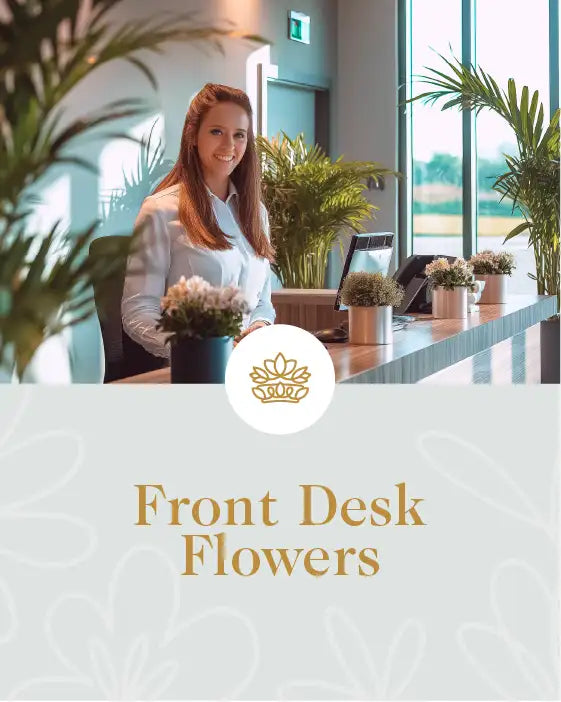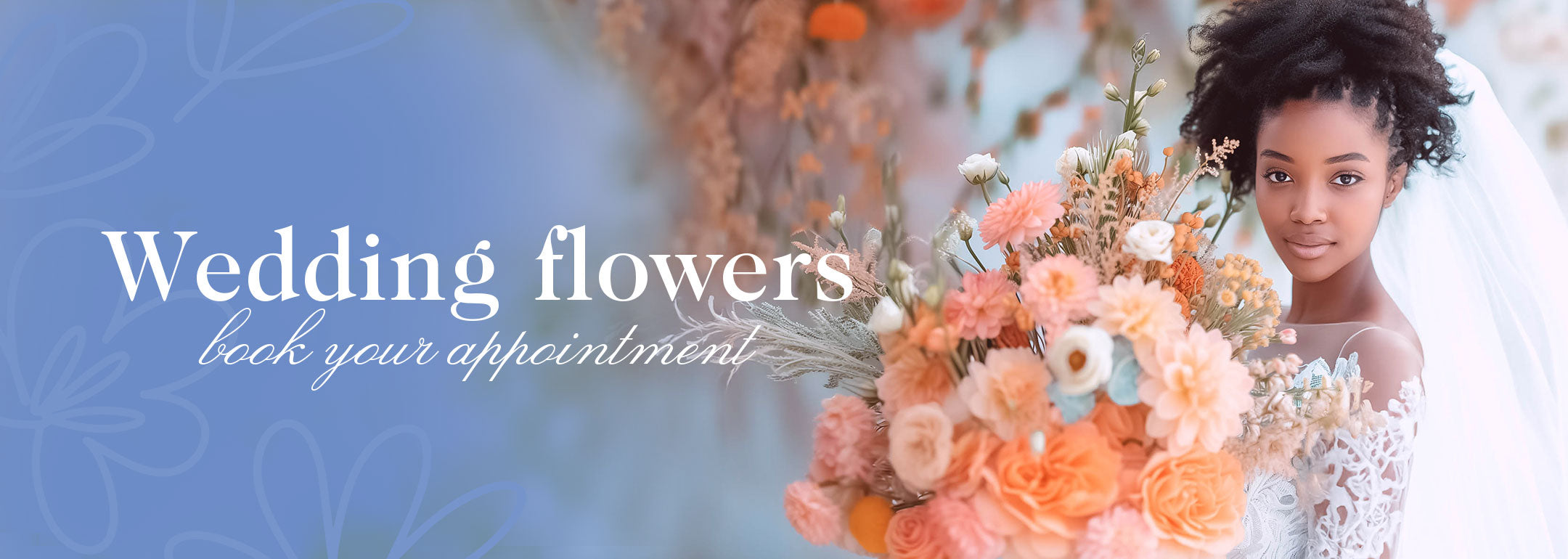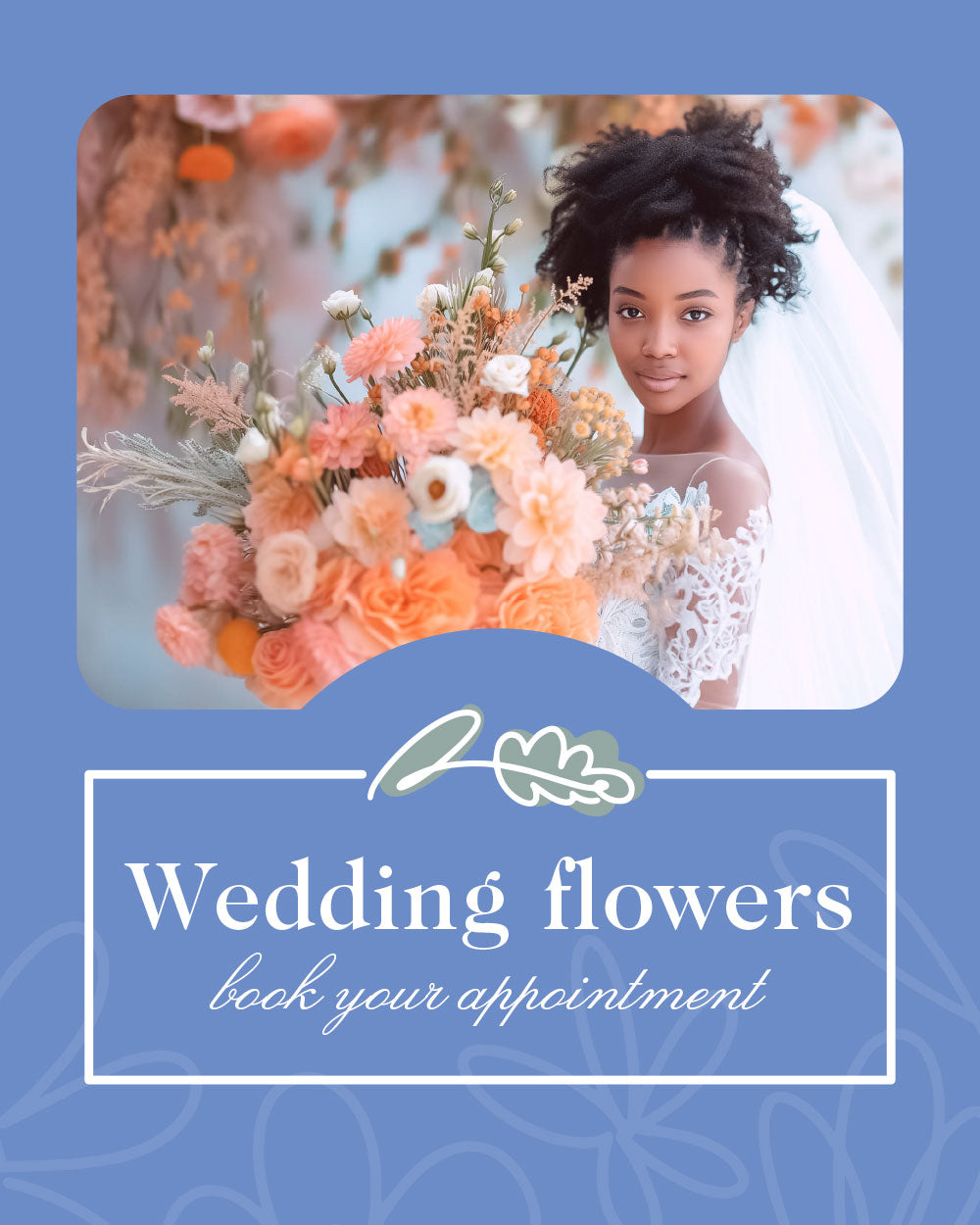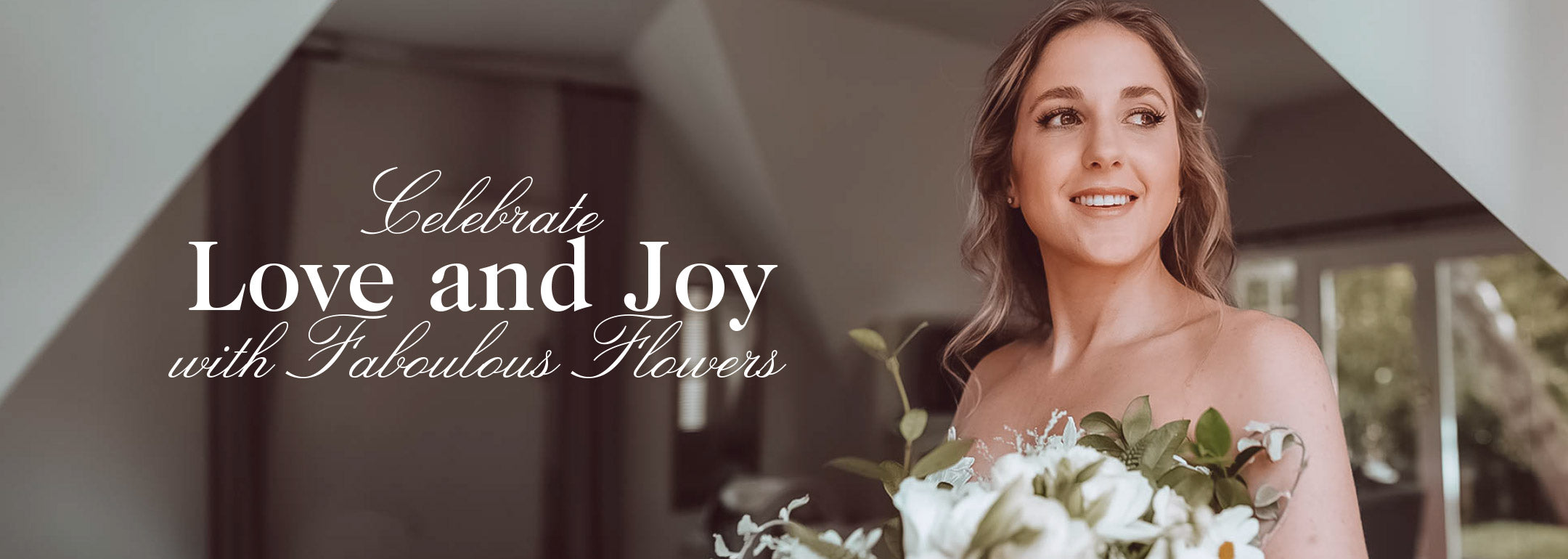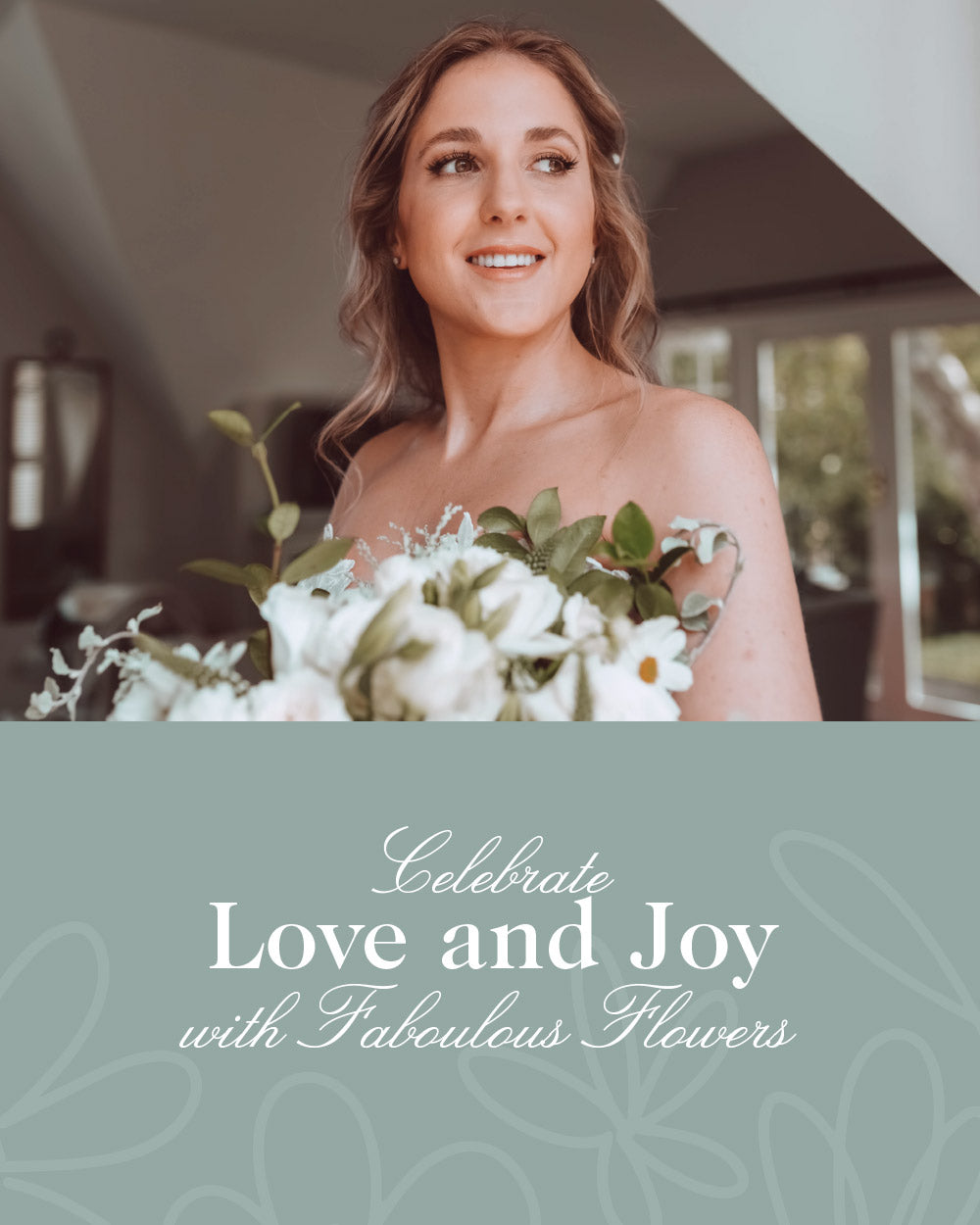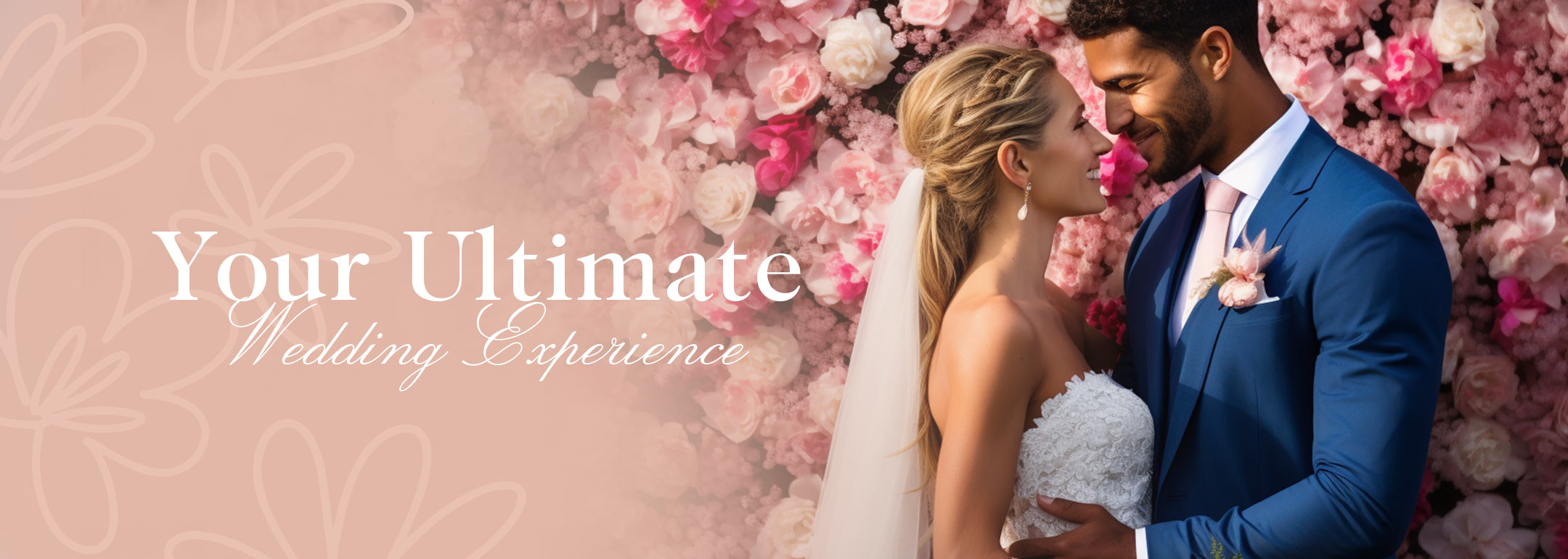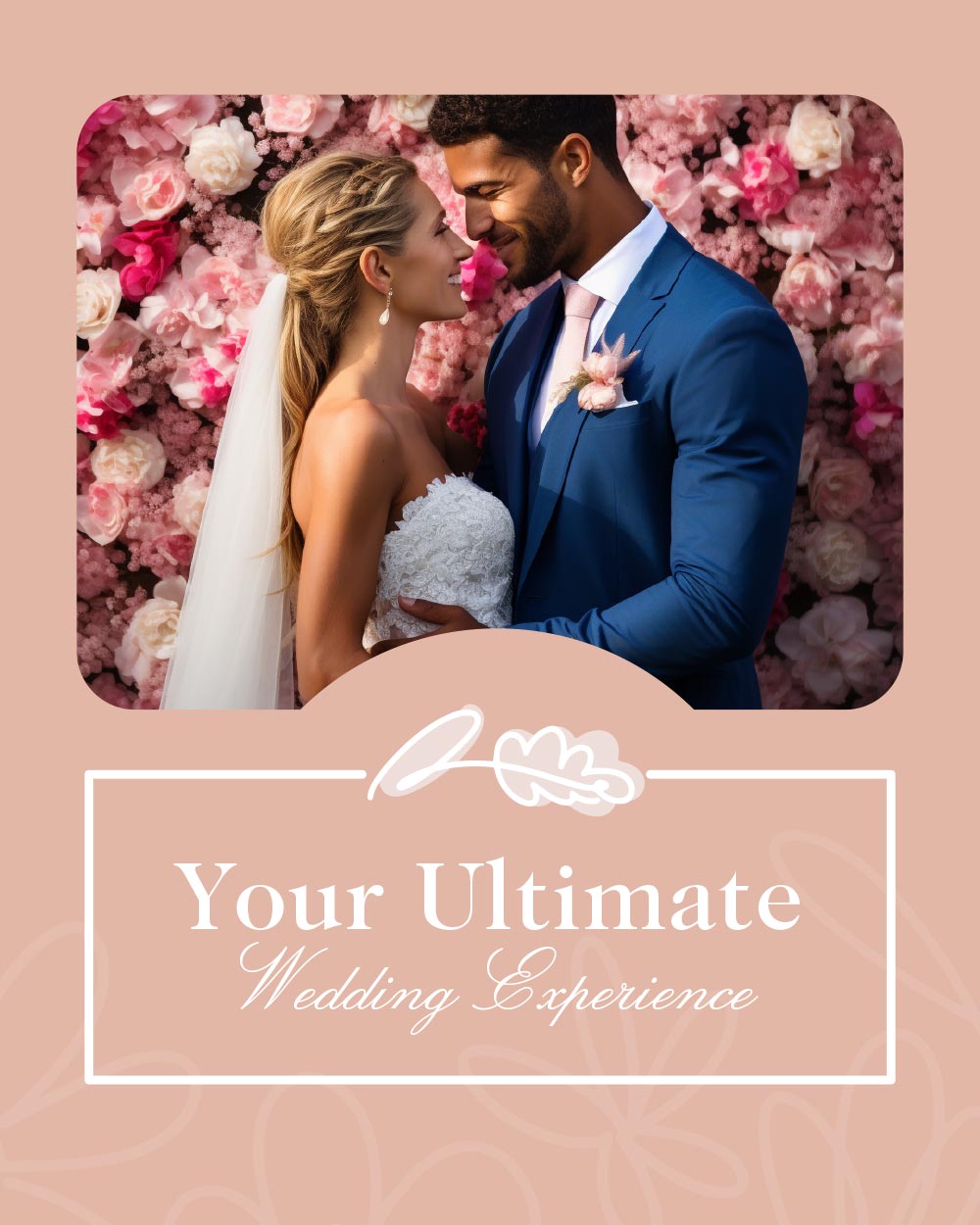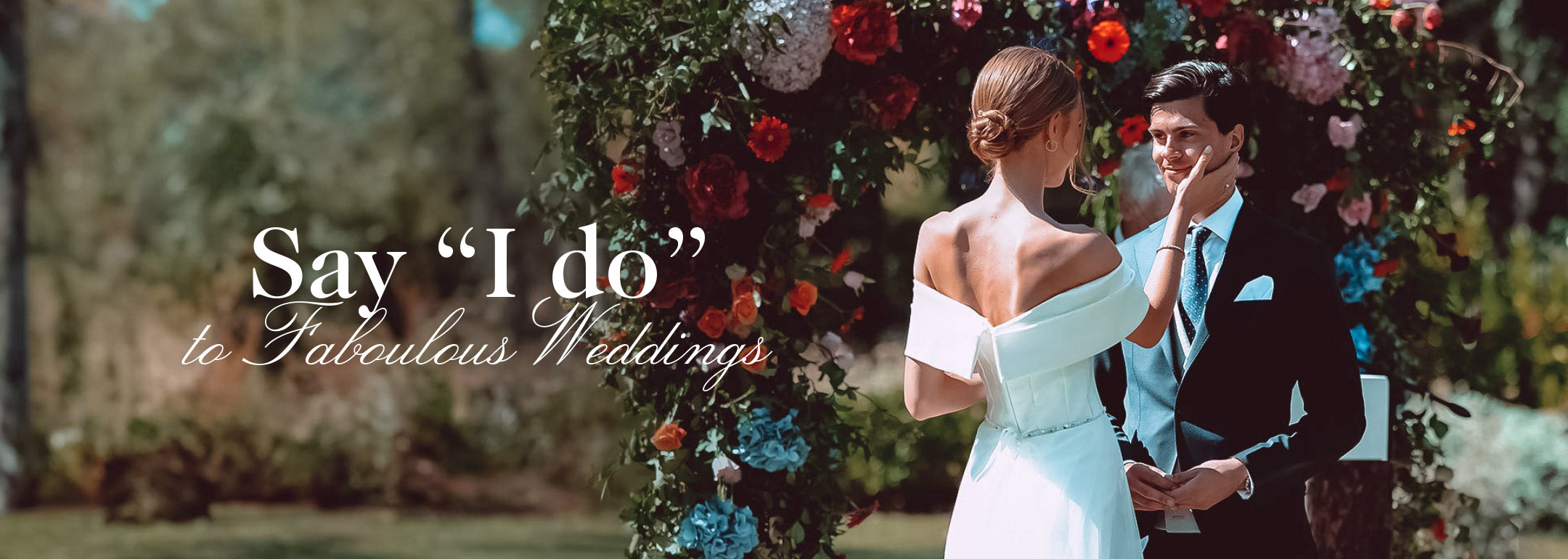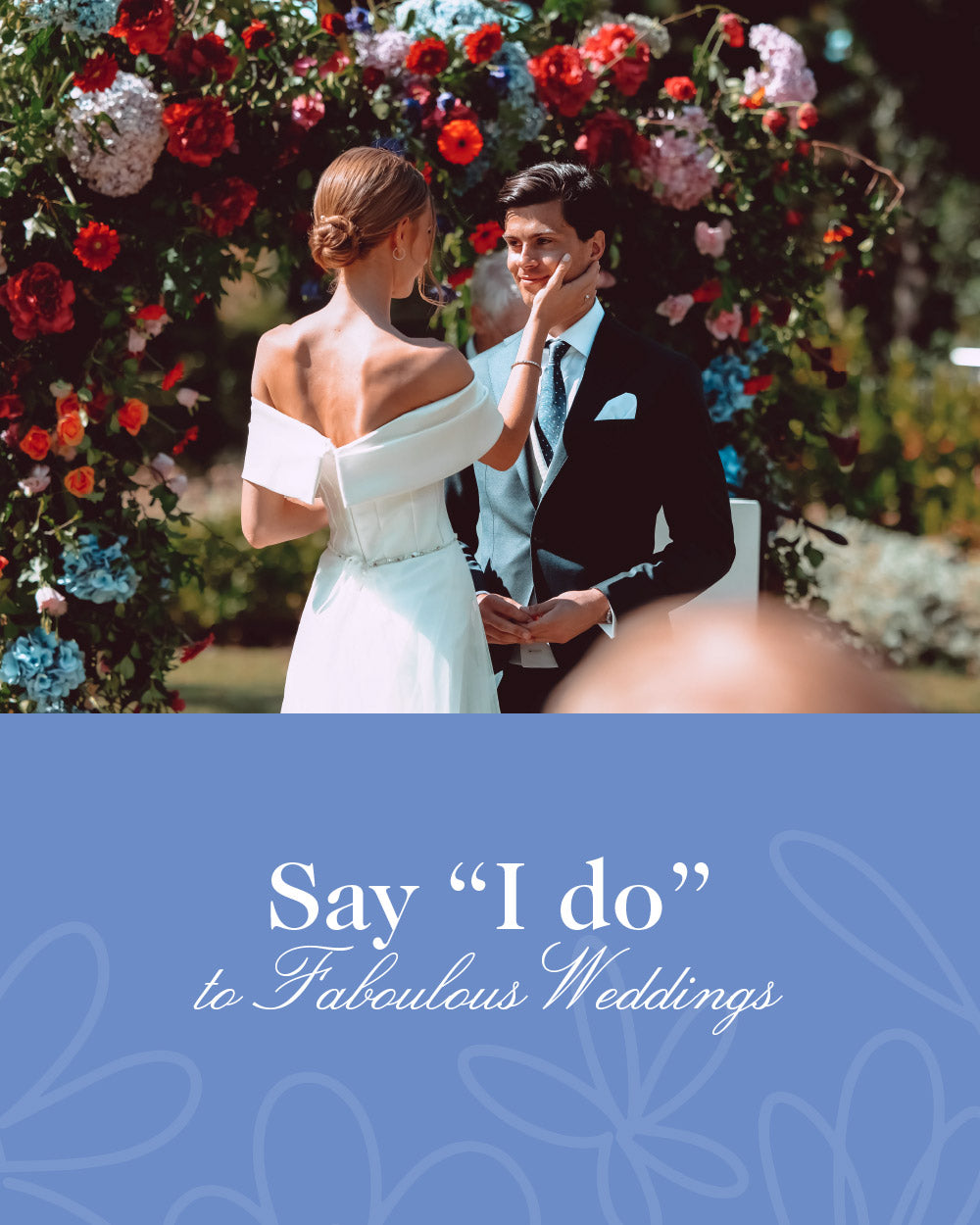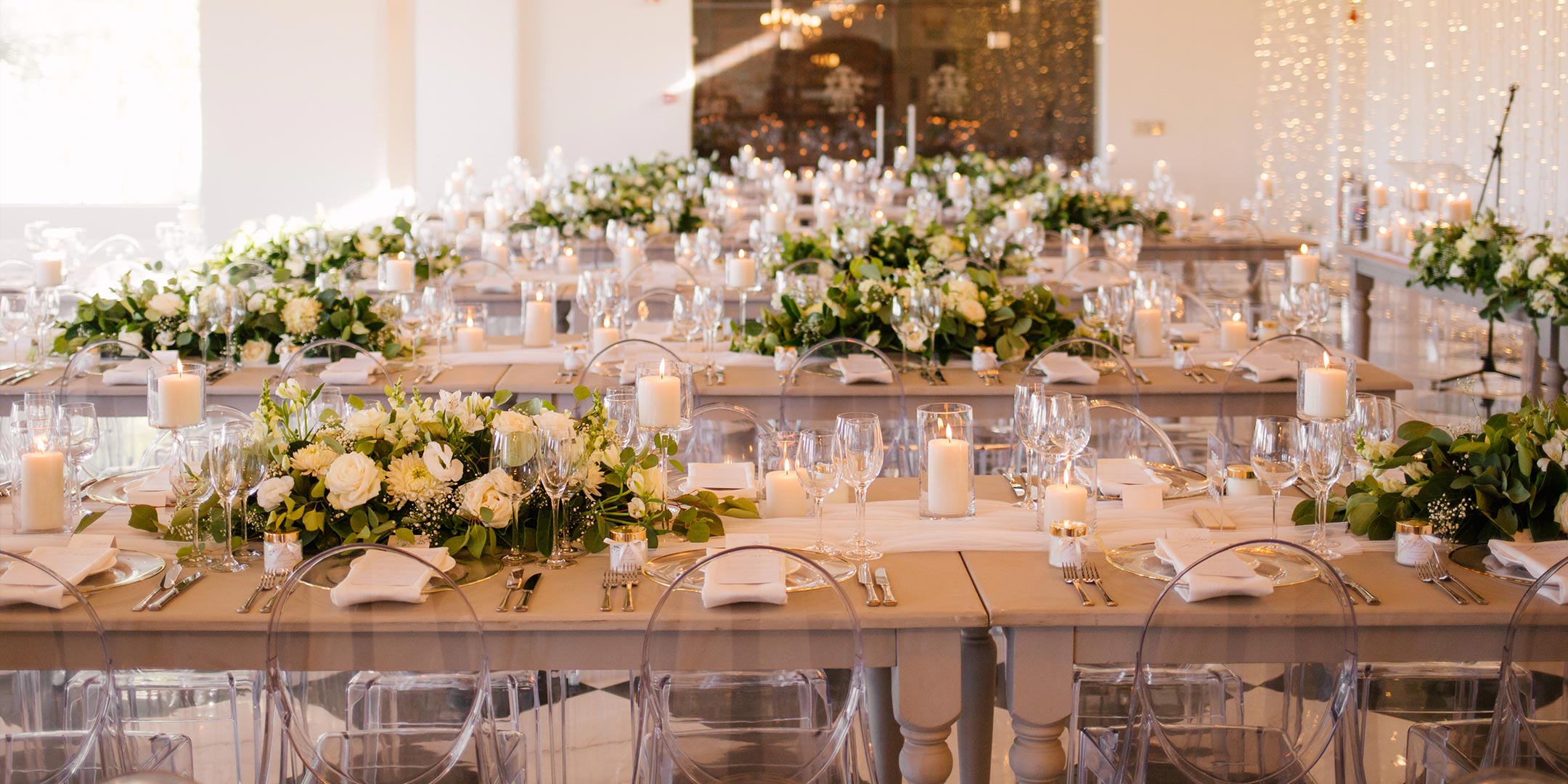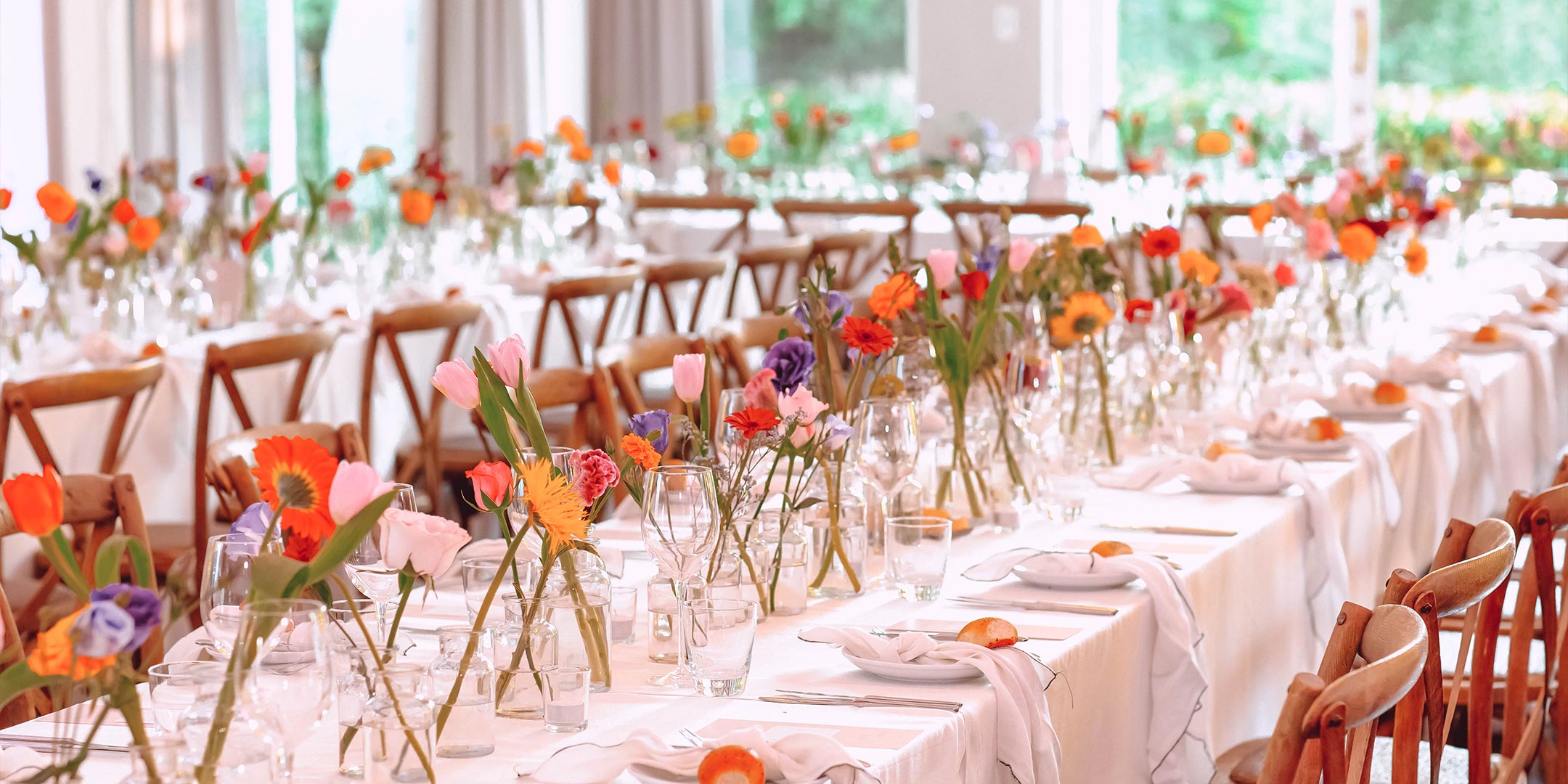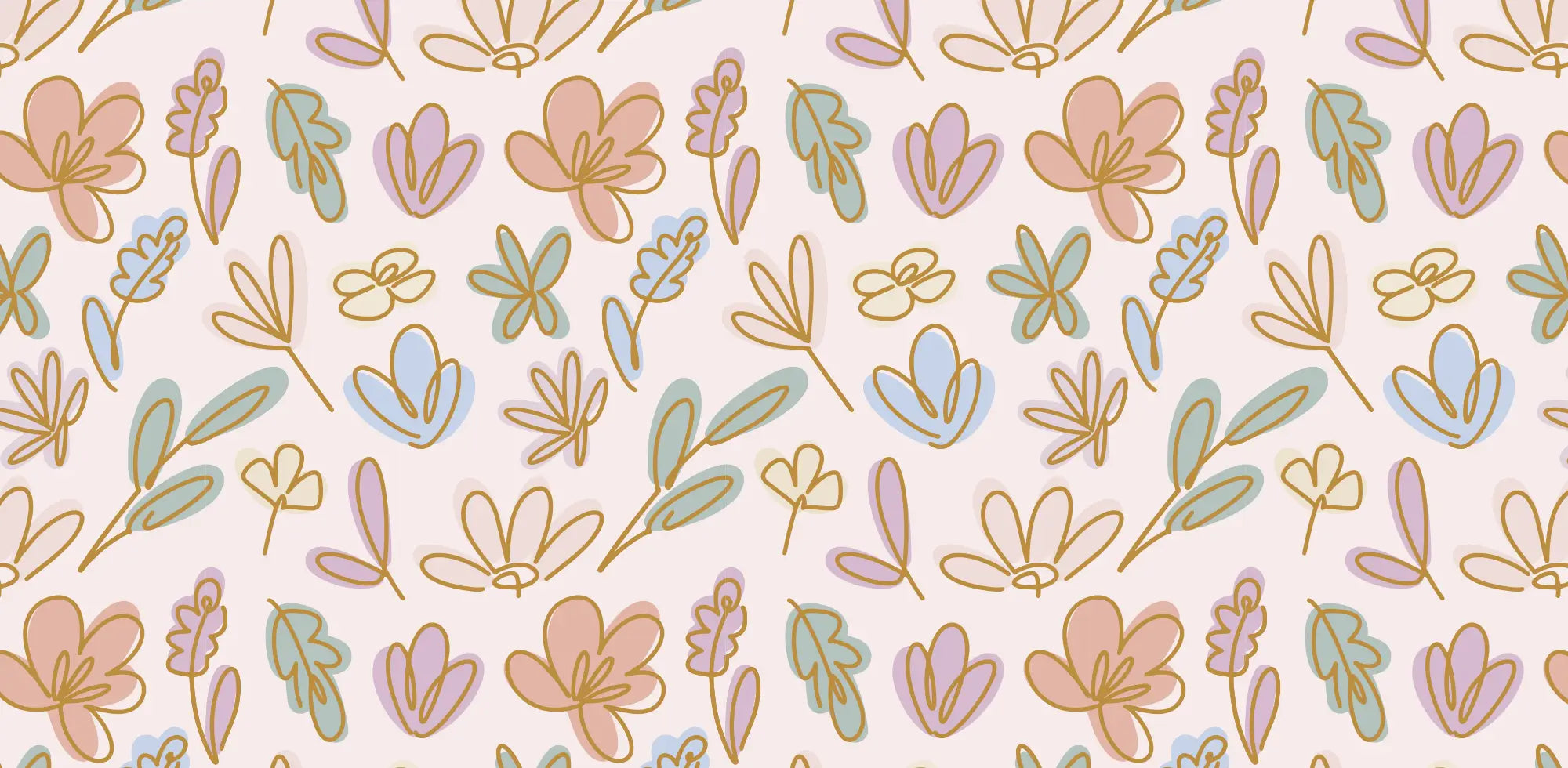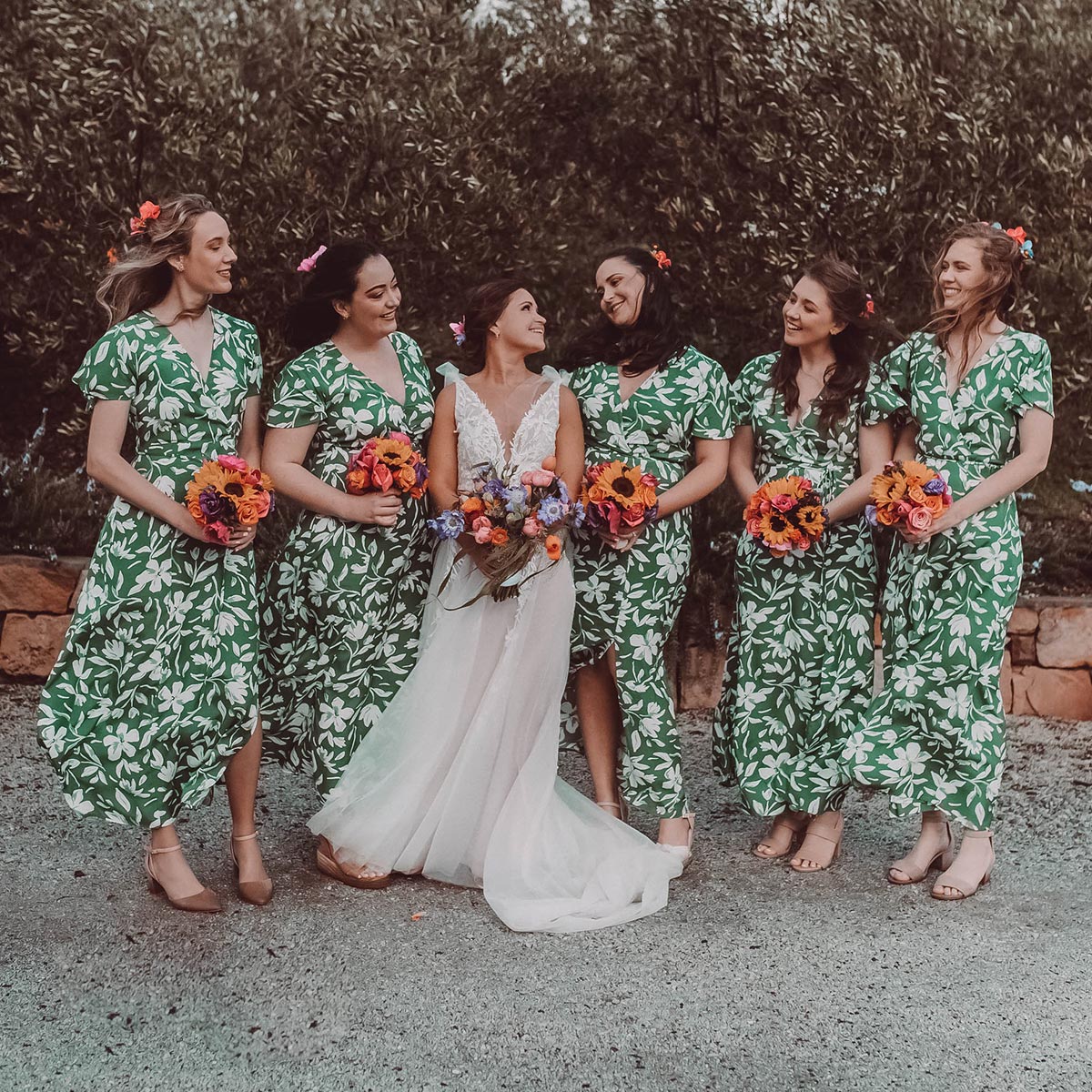
Make Your Wedding Flowers and Dreams Come True with Fabulous Flowers
Weddings are a celebration of love, commitment, and joy. They are a special occasion where two people come together to celebrate their love and make a lifelong commitment to each other. Weddings are a significantevent in many cultures worldwide and are celebrated in various ways. From grand and lavish ceremonies to intimate and simple gatherings, weddings can be tailored to suit every couple's style and preferences.
High-Quality Flower Arrangements Fabulous Wedding
We are passionate about providing high-quality flower arrangements. We source the freshest flowers from local growers and create unique designs tailored specifically to each of our clients. You need to have the best team creating for you on the day.
Personalised Service
Our team will listen to your ideas and work with you to create the perfect floral designs for your special day. We are here to help you make your dreams come true and create a stunning venue you and your guests will always remember.
You're in good hands
We understand the importance of delivering flowers with love and that are a manifestation of your big day vision. We always strive to provide our customers with the highest quality blooms, expertly crafted by our dedicated florists. We aim to help you make your special occasion memorable in every way possible.
Wedding Quote Enquiry
Please provide us with information below so we can be in touch.
FABULOUS WEDDING FLOWERS
Some of Fabulous Flowers' happy couples
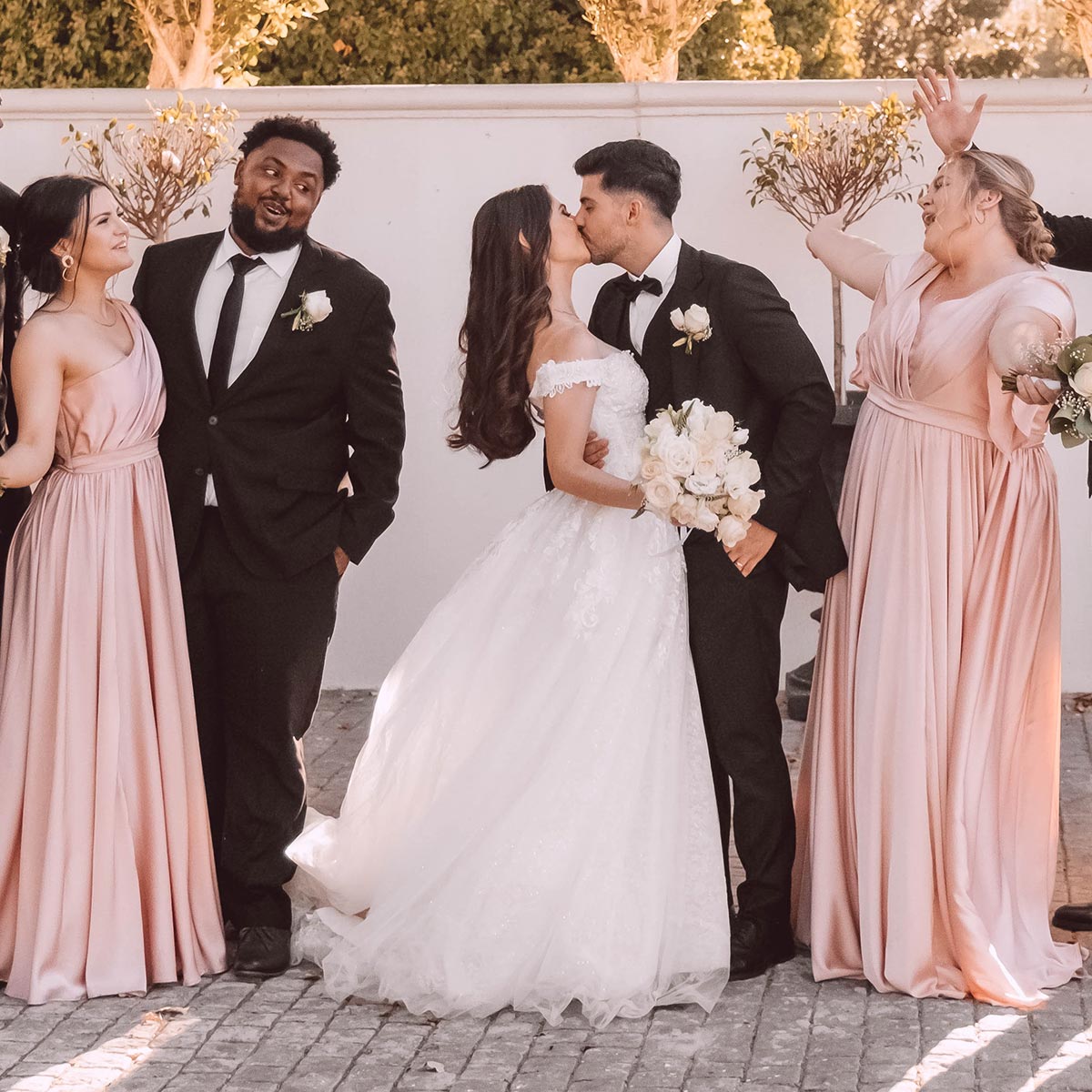
Emilio & Carmen
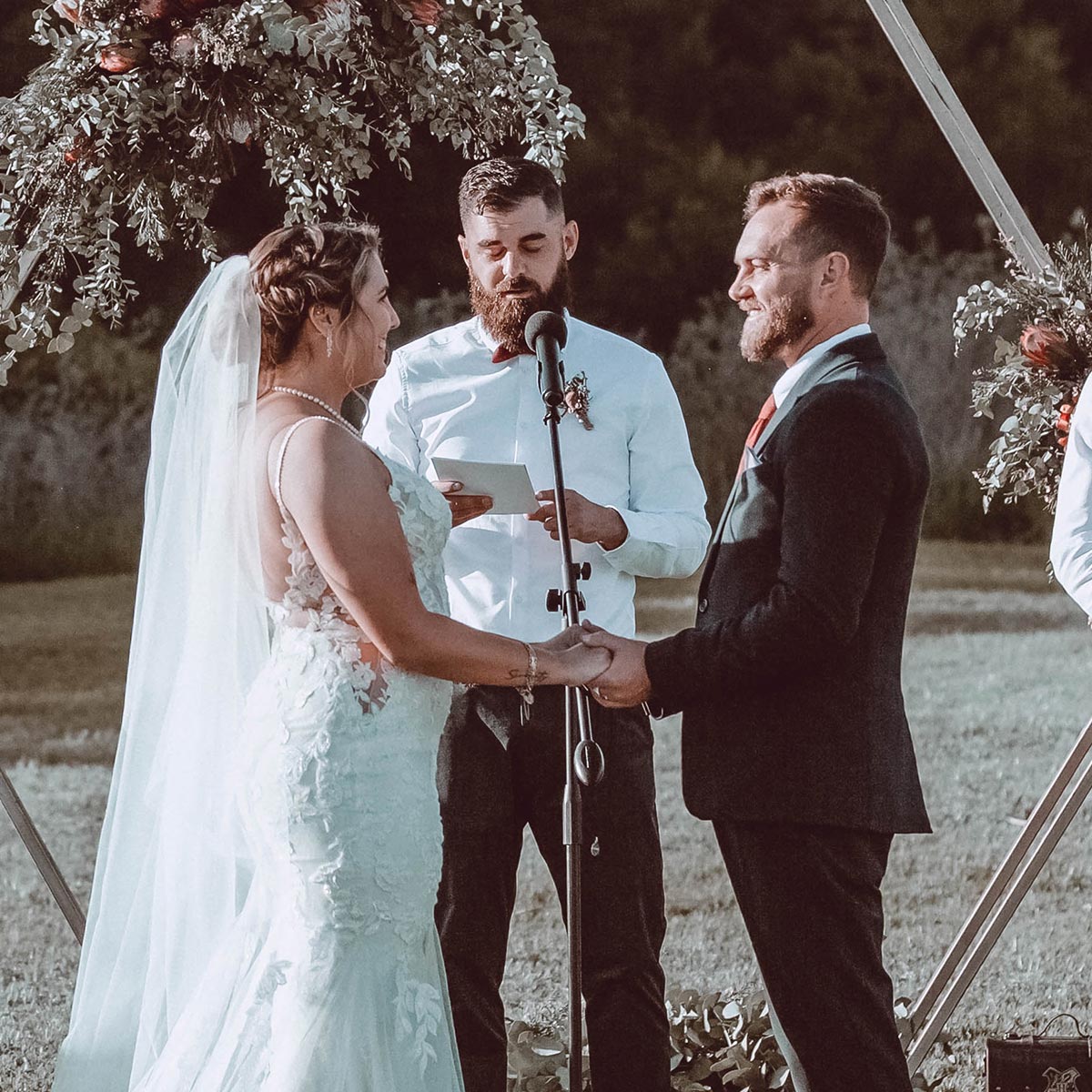
Megan & Steve
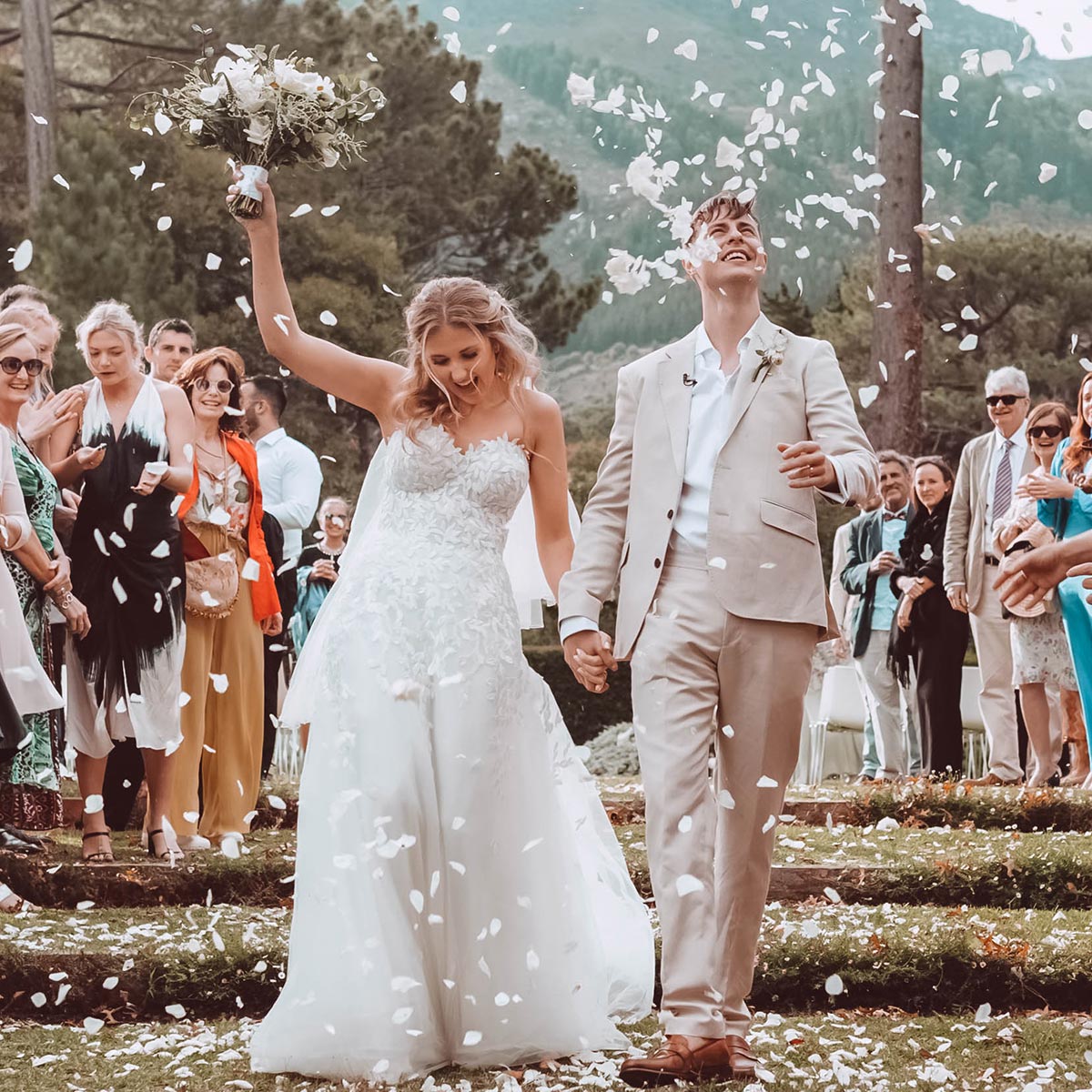
Chloe & James
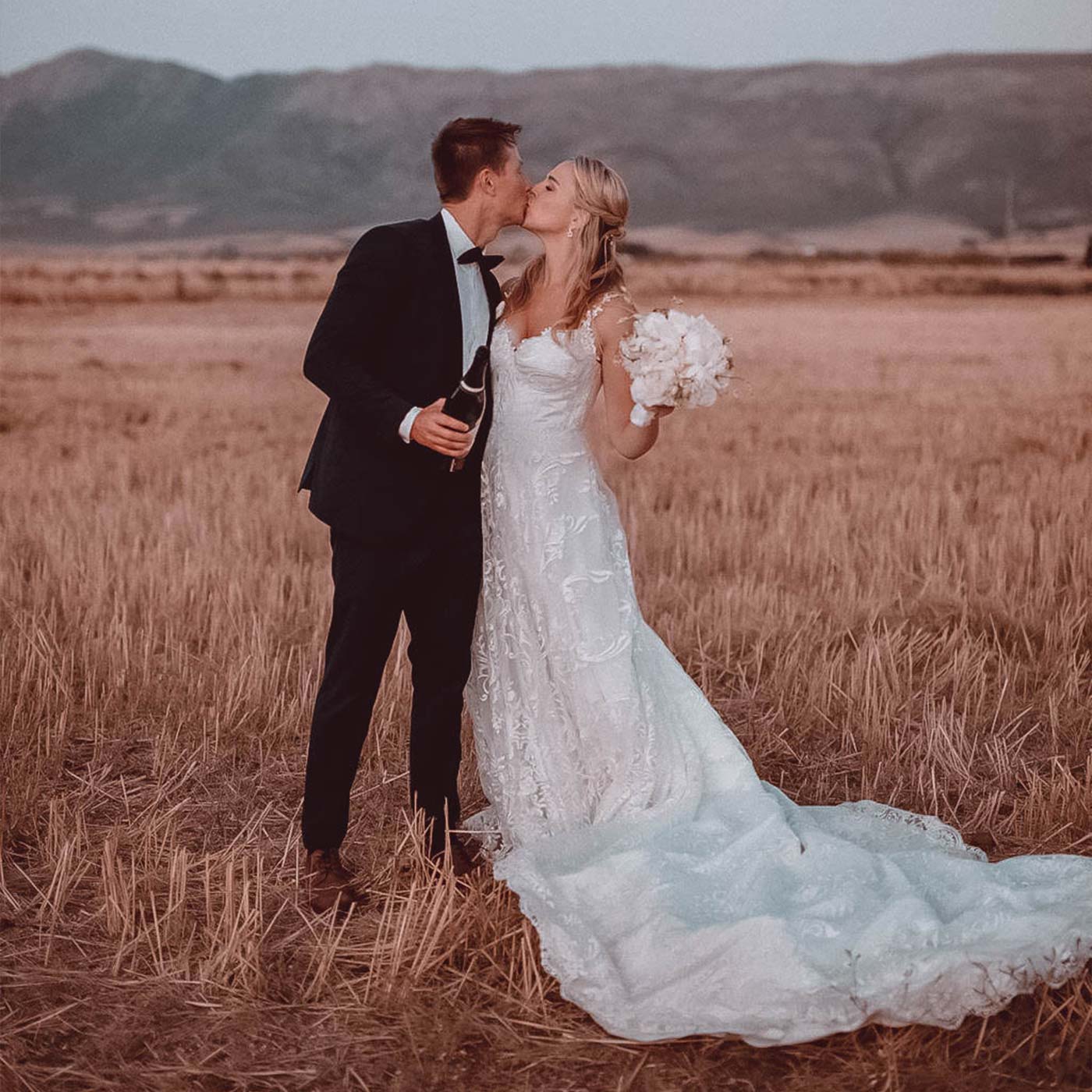
Skye & Scott
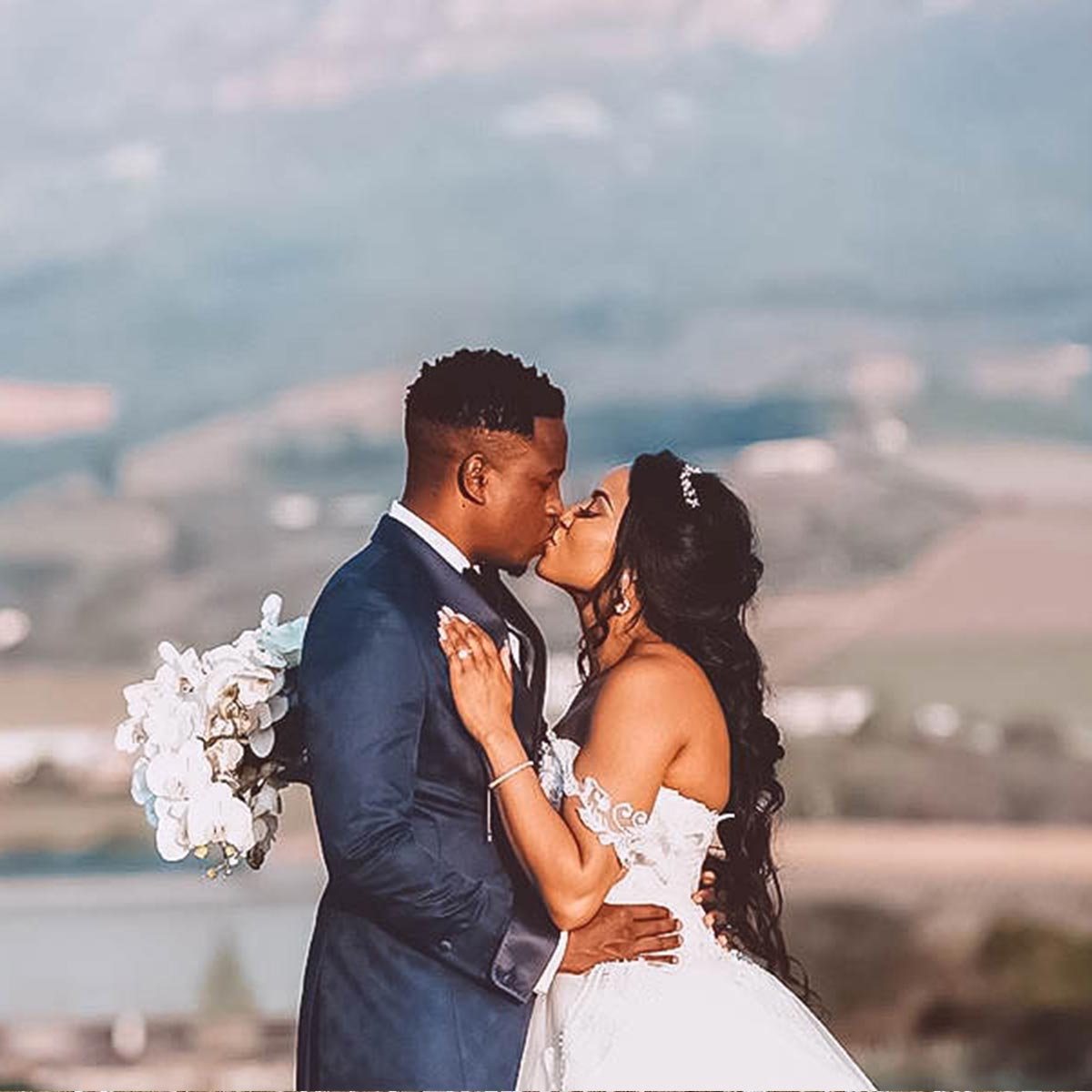
Pinkie & Joe
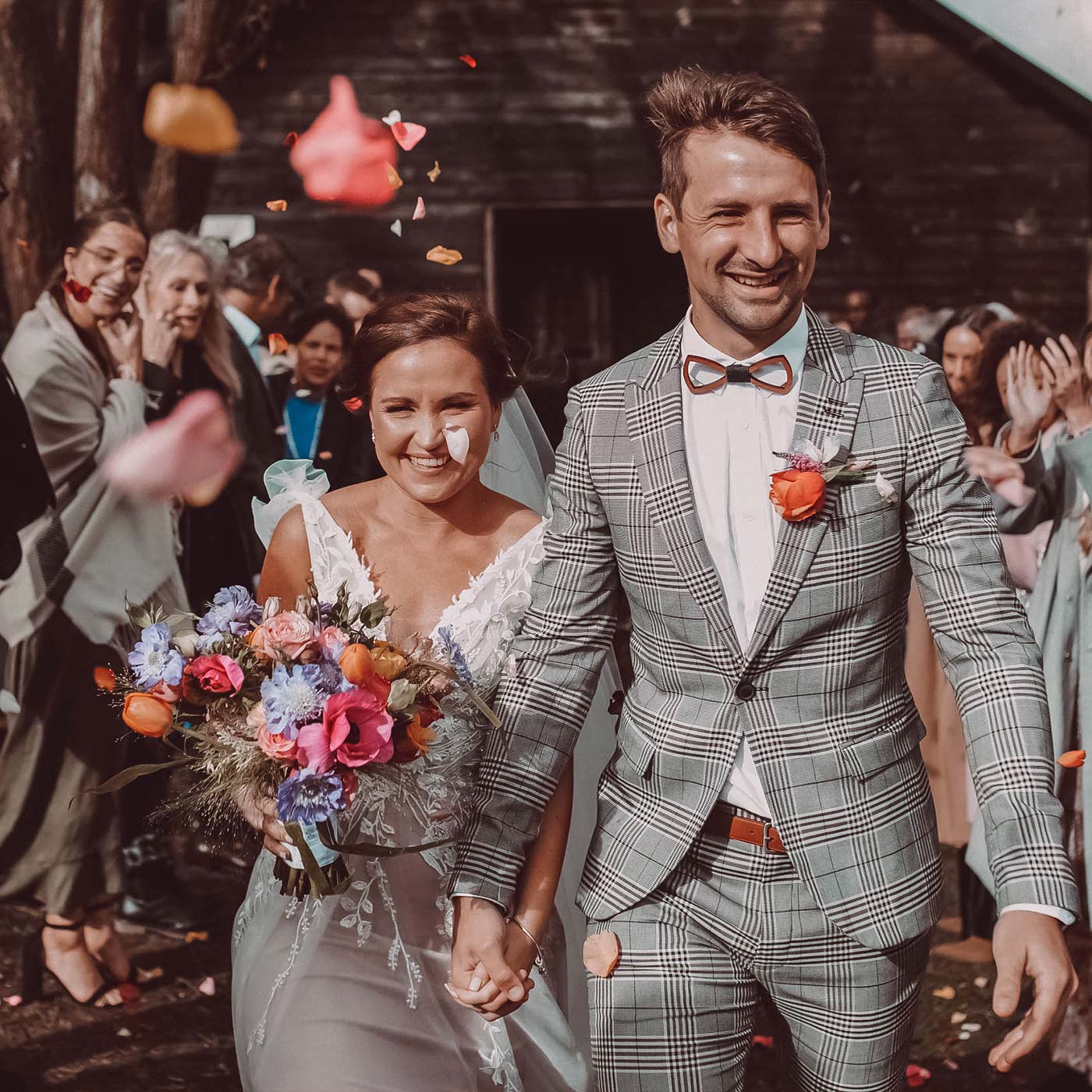
Jodi & Wesley
Why order your wedding flowers from Fabulous Flowers?
Professional and experienced florists: Fabulous Flowers has a team of experienced and specialised florists who have been in this business for over three decades. We understand how to create an unforgettable atmosphere with careful attention to detail.
Comprehensive service: From simple bouquets to full venue decorations, Fabulous Flowers offers tailored services and packages to meet any budget or expectations. Our wedding flowers are fabulous, to say the least.
Unique design aesthetics: Fabulous Flowers understands the importance of creating a unique look and strives to capture the couple’s style while incorporating their own signature touches into the decor.
An extensive network of suppliers: With our long-standing partnerships with local growers and suppliers, Fabulous Flowers can provide our clients with various locally grown flowers for any occasion.
Personalised consultations: We are available for consultations to ensure that all details concerning the floral decor are discussed before the big day arrives.
The Benefits of Choosing Fabulous Flowers
We offer a stress-free planning experience: Removing the stress from wedding planning is a priority at Fabulous Flowers; we love to help you! Our team will guide you through every step, ensuring your expectations are met in quality, budget, and timely delivery.
Perfectly tailored designs: Whether it’s classic elegance or the modern chic style you’re after, Fabulous Flowers can create distinctive themed designs that perfectly combine all elements into one cohesive look!
Fresh blooms and creative styling techniques: Fresh flowers from local growers are handpicked and carefully arranged using creative styling techniques to guarantee stunning centrepieces and statement bridal bouquets for your special day!
Affordable prices without sacrificing quality: Quality should always be protected when selecting flowers for this day! Fabulous Flowers offers competitive prices without ever compromising on quality or design aesthetic!
Reputable results backed by years of experience: Having been in the floral industry for over three decades, Fabulous Flowers can guarantee reputable results with our expert knowledge and experience!

